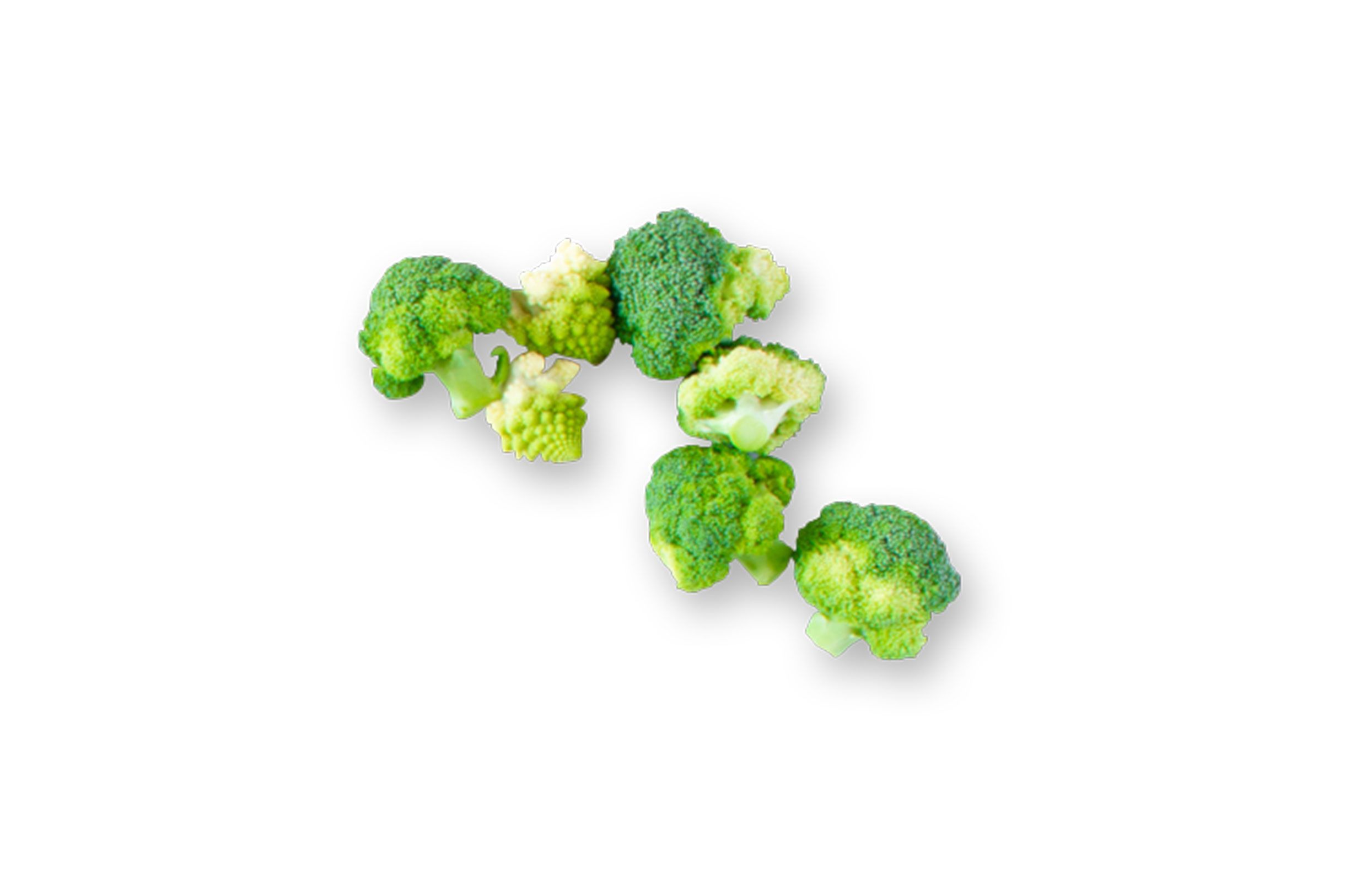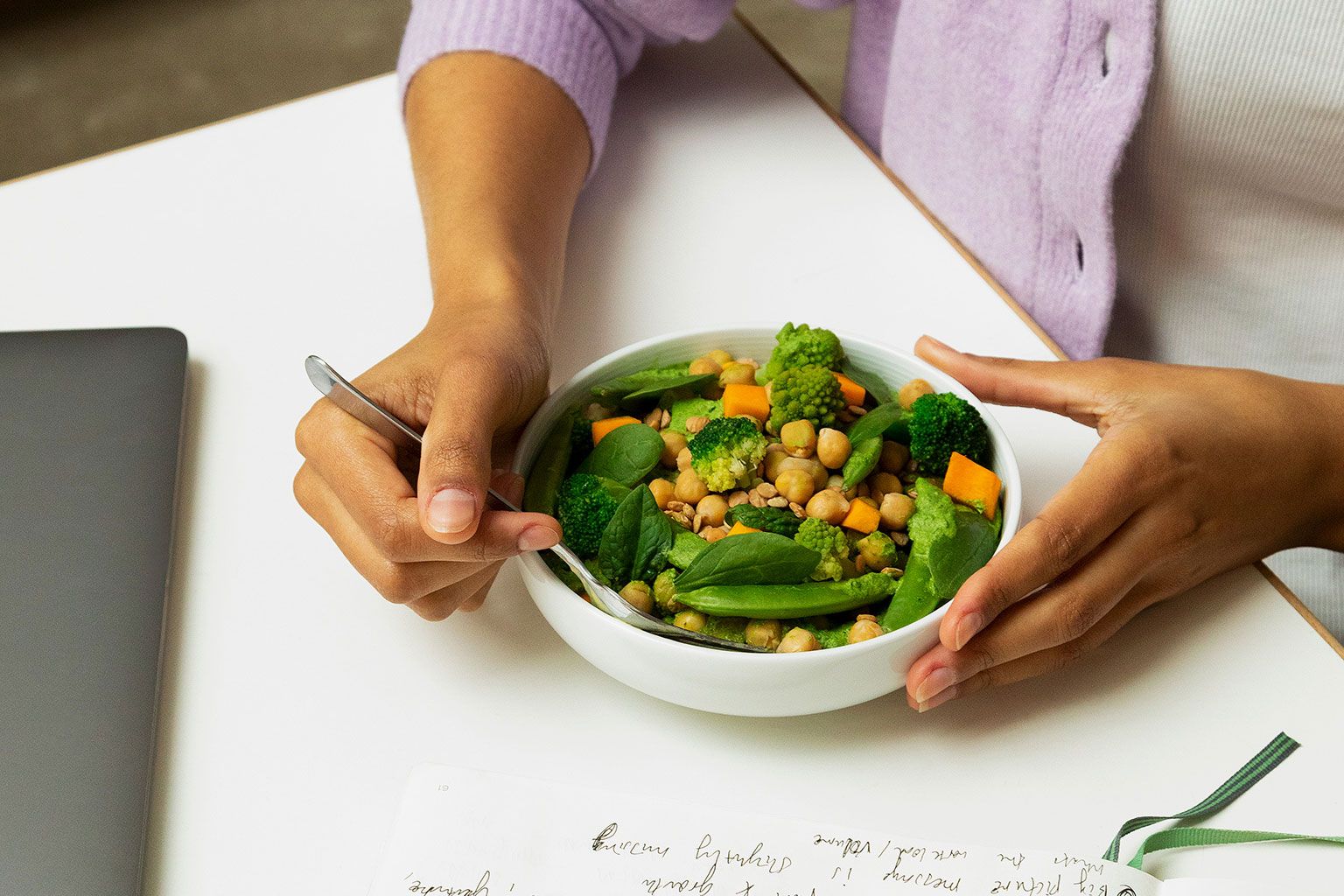Broccoli
Green power cabbage
Intro
Opinions on broccoli tend to split the room. Most love or hate it. Children especially tend to avoid this vegetable at all costs. Studies have revealed that similar to coriander, our taste buds have very unique reactions to broccoli. Some like the taste, others find it repelling (people often compare the taste to soap).
Broccoli is also referred to as asparagus cabbage, because the taste is more similar to asparagus than cabbage.

What is broccoli?
Broccoli belongs to the same family as cauliflower: a cruciferous plant (bot. Cruciferae, Brassicaceae). The name comes from Italy, its European place of origin, where broccoli means cabbage sprouts.
The head of a broccoli, like the cauliflower, gets its shape because the flowers are not fully developed. This creates the dense, tight bushels of “flowers”. The vegetable is identified through its most common green colour. Rarer varieties are found in purple, yellow or white.

Where does Broccoli come from?
Broccoli was discovered in the 16th century in Asia, but also cultivated in Italy and France.
It is likely that both broccoli and cauliflower are descended from the plant genus Brassica cretica, which grows wild on coastal cliffs in southern Greece and southwestern Turkey.
Which varieties are there?
Even if broccoli found in the supermarket all look identical, there are countless varieties. Over 150 different broccoli species can be found in the EU alone. This guarantees lots of delicious green variety on your plate.
When is broccoli in season?
May-October
Our tips for how you can prepare broccoli:
Roasted, boiled or as oven veggies. Broccoli is great for gratins, stews, casseroles, soups, vegetable smoothies and salads.
Broccoli nutrition facts per 100g
| Typical Values | 100g |
|---|---|
| Calories | 34 |
| Protein | 2.8g |
| Carbohydrates | 6.6g |
| Sugar | 1.7g |
| Fat | 0.4g |
| Fibre | 2.6g |
Nutrients found in broccoli:
Vitamins: Beta-Carotene, B-Vitamins, Folic acid, Vitamin C, Vitamin K
Minerals: Sodium, Potassium, Calcium, Phosphate, Iron, and Zinc

